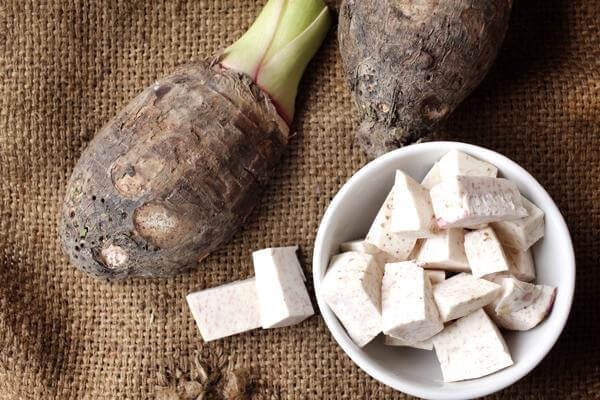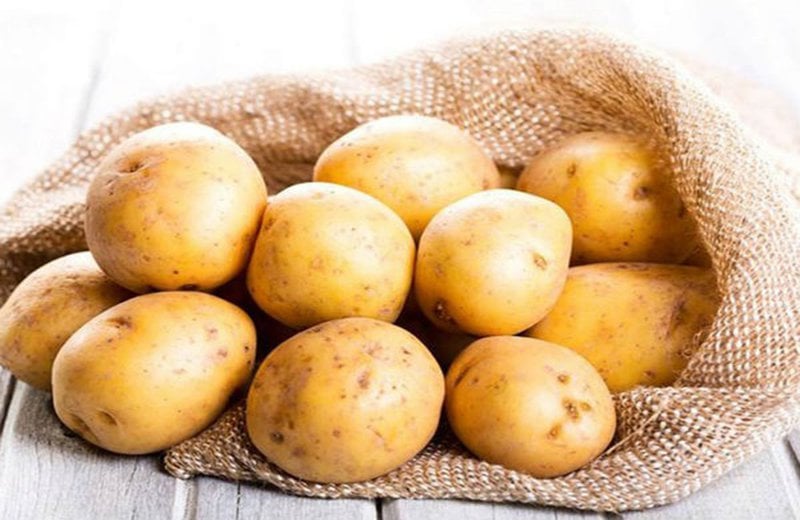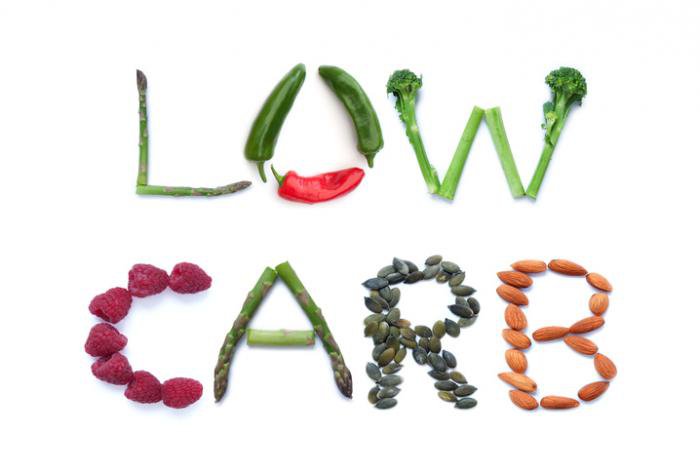7 unexpected benefits of taro root
This is an automatically translated article.
Taro root is a root vegetable grown in Asia but enjoyed around the world. This vegetable has a brown outer skin and white flesh with transparent purple spots. When cooked, taro roots have a mildly sweet taste and texture similar to potatoes. Taro root is a great source of fiber and other nutrients and offers many potential health benefits.
1. Nutritional ingredients
A one-cup serving of 132 grams of cooked taro root contains 187 calories, which come mainly from carbs and other nutrients such as:
Fiber: 6/7 grams Manganese: 30% of the Daily Value (DV) DV) Vitamin B6: 22% DV Vitamin E: 19% DV Potassium: 18% DV Copper: 13% DV Phosphorus: 10% DV Magnesium: 10% DV Vitamin C: 11% DV Taro root is rich in fiber, Potassium, Magnesium and Vitamin C- important nutrients that many people often overlook.
Fiber: 6/7 grams Manganese: 30% of the Daily Value (DV) DV) Vitamin B6: 22% DV Vitamin E: 19% DV Potassium: 18% DV Copper: 13% DV Phosphorus: 10% DV Magnesium: 10% DV Vitamin C: 11% DV Taro root is rich in fiber, Potassium, Magnesium and Vitamin C- important nutrients that many people often overlook.

Rễ khoai môn chứa nhiều chất dinh dưỡng và công dụng trong cuộc sống
2. Control the glycemic index
Although taro root is a starchy vegetable, it contains two types of carbohydrates that are beneficial for blood sugar management: fiber and resistant starch.
Fiber is a type of carbohydrate that humans can digest. Because fiber is not absorbed, this nutrient has no impact on blood sugar levels. It also helps slow the digestion and absorption of other carbs, preventing spikes in blood sugar levels after meals. Studies have found that a high-fiber diet — containing up to 42 grams per day — can lower blood sugar levels by about 10 mg/dl in people with type 2 diabetes.
Taro root also contains a special type of starch, called resistant starch, which humans cannot digest and therefore does not raise blood sugar. About 12% of the starch in cooked taro root is resistant starch.
The combination of resistant starch and fiber makes taro root a good carb choice, especially for people with diabetes

Chất xơ trong rễ khoai môn giúp kiểm soát chỉ số đường huyết
3. Reduce the incidence of heart disease
The fiber and resistant starch in taro root may also help reduce the risk of heart disease. Studies have found that people who eat a lot of fiber tend to have lower rates of heart disease.
One study found that for every 10 grams of fiber consumed per day, the risk of dying from heart disease decreased by 17%. Taro root also provides resistant starch, which lowers cholesterol and has been linked to a reduced risk of heart disease. At the same time, taro root contains more than 6 grams of fiber per serving (132 grams) - more than twice the amount found in an equivalent serving of potatoes.
4. Anti-cancer
Taro root contains plant compounds called polyphenols that provide various health benefits, including the ability to reduce cancer risk. The polyphenol found in taro roots is quercetin, which is also present in large amounts in onions, apples, and tea.
Test-tube and animal studies have found that quercetin can stimulate the death of cancer cells, slowing the growth of some types of cancer. It is also an antioxidant. A powerful chemical that protects the body from damage caused by free radicals.
One test-tube study found that taro extract could stop the spread of certain types of breast and prostate cancer cells, but no human studies have been done yet.
Test-tube and animal studies have found that quercetin can stimulate the death of cancer cells, slowing the growth of some types of cancer. It is also an antioxidant. A powerful chemical that protects the body from damage caused by free radicals.
One test-tube study found that taro extract could stop the spread of certain types of breast and prostate cancer cells, but no human studies have been done yet.

Bệnh nhân ung thư vú nên tăng cường bổ sung rễ khoai môn
5. Supports weight loss
Taro root is a good source of fiber, containing 6.7 grams per serving (132 grams). Research has found that people who eat more fiber tend to have lower body weight and less body fat. This may be due to fiber's effect on slowing stomach emptying, keeping users full for longer and reducing the number of calories absorbed. From there, there is a long-term weight loss effect. The resistant starch in taro root may have a similar effect.
One study found that men who took a supplement containing 24 grams of resistant starch before a meal consumed about 6% fewer calories and had lower insulin levels after the meal, compared to a control group. Animal studies have also shown that rats fed a diet high in resistant starch have less total body fat and belly fat.
6. Gut Support
Because taro root is high in fiber and resistant starch, this food may be beneficial for gut health.
The body is often unable to digest or absorb fiber and resistant starch, so these nutrients remain in the intestines and are carried to the colon, where they become food for the bacteria in the intestines and promote the growth of beneficial bacteria. When gut bacteria ferment these nutrients, they produce short-chain fatty acids that help nourish the cells lining your intestines and keep your gut healthy.
A study in pigs showed that a diet rich in resistant starch improved colon health by increasing production of short-chain fatty acids and reducing damage in colon cells.

Rễ khoai môn giàu tinh bột kháng hỗ trợ đường ruột
7. Easy to consume and process
Taro root has a starchy texture and a mild, slightly sweet taste, similar to sweet potatoes. Can be used in both sweet and savory dishes.
Some ways to prepare this food include:
Fries: Slice taro thinly and bake or deep-fry it. Mashed Potatoes: Steam and mash taro into a purple puree. Taro tea: Mix taro or use taro powder in tea for a beautiful purple drink. Baking: Mix taro flour with cake flour and bake it like a regular cake. Taro cake: Mix cooked taro with seasoning and sauté until crispy. Soups and stews: Cut taro into cubes and use in soups. Users should be aware that, Fresh Taro Root contains proteases and oxalates that can cause a stinging or burning sensation in the mouth when eaten. Therefore, taro root should preferably be cooked carefully before use.
Please dial HOTLINE for more information or register for an appointment HERE. Download MyVinmec app to make appointments faster and to manage your bookings easily.
Reference article: Healthline.com
This article is written for readers from Sài Gòn, Hà Nội, Hồ Chí Minh, Phú Quốc, Nha Trang, Hạ Long, Hải Phòng, Đà Nẵng.





